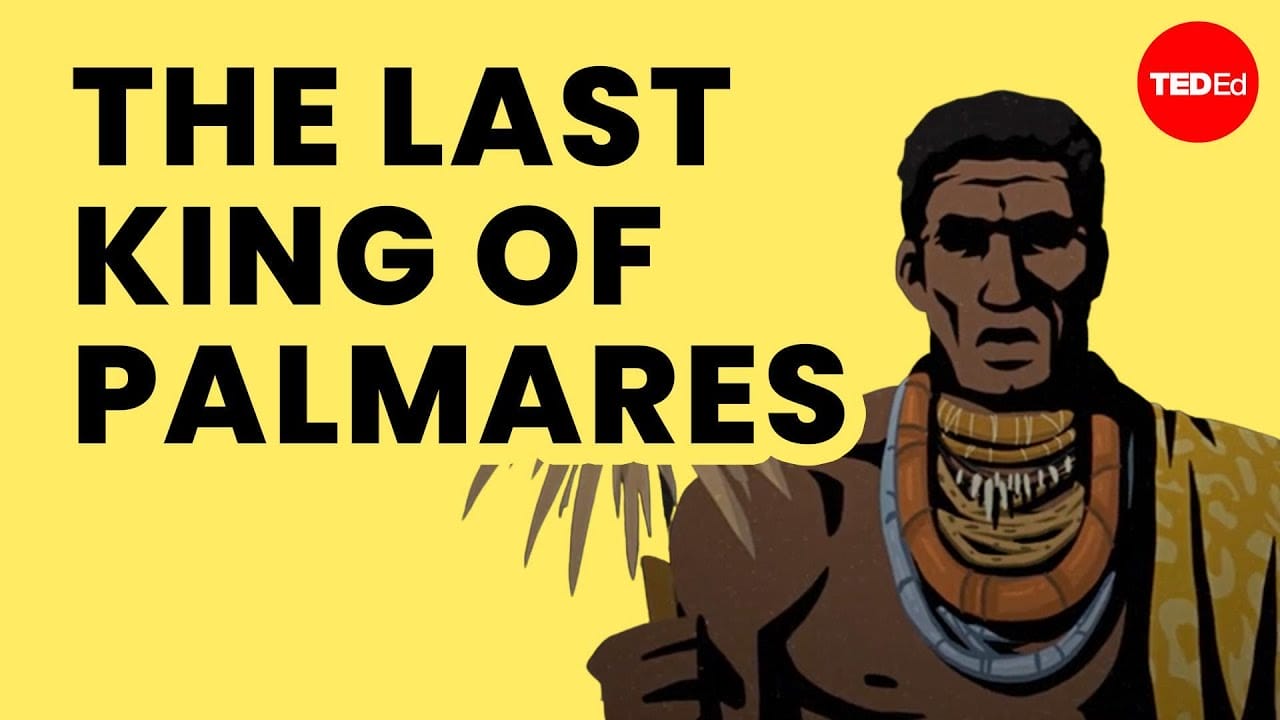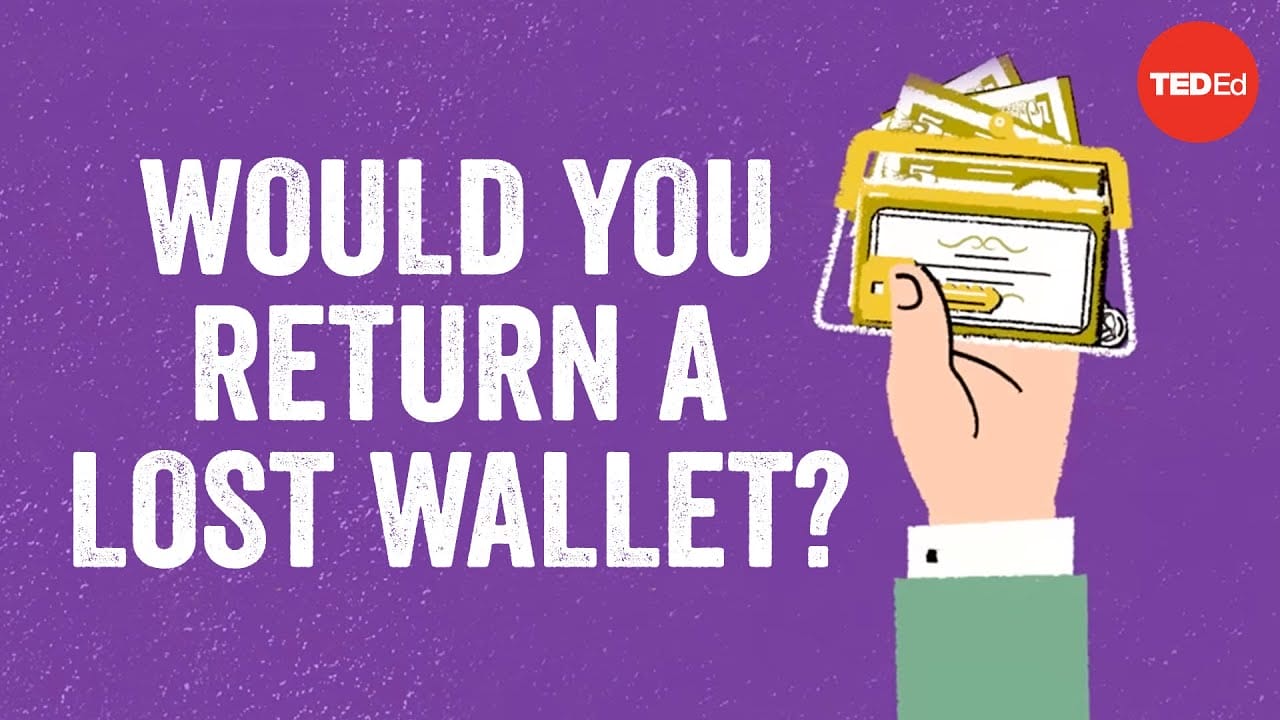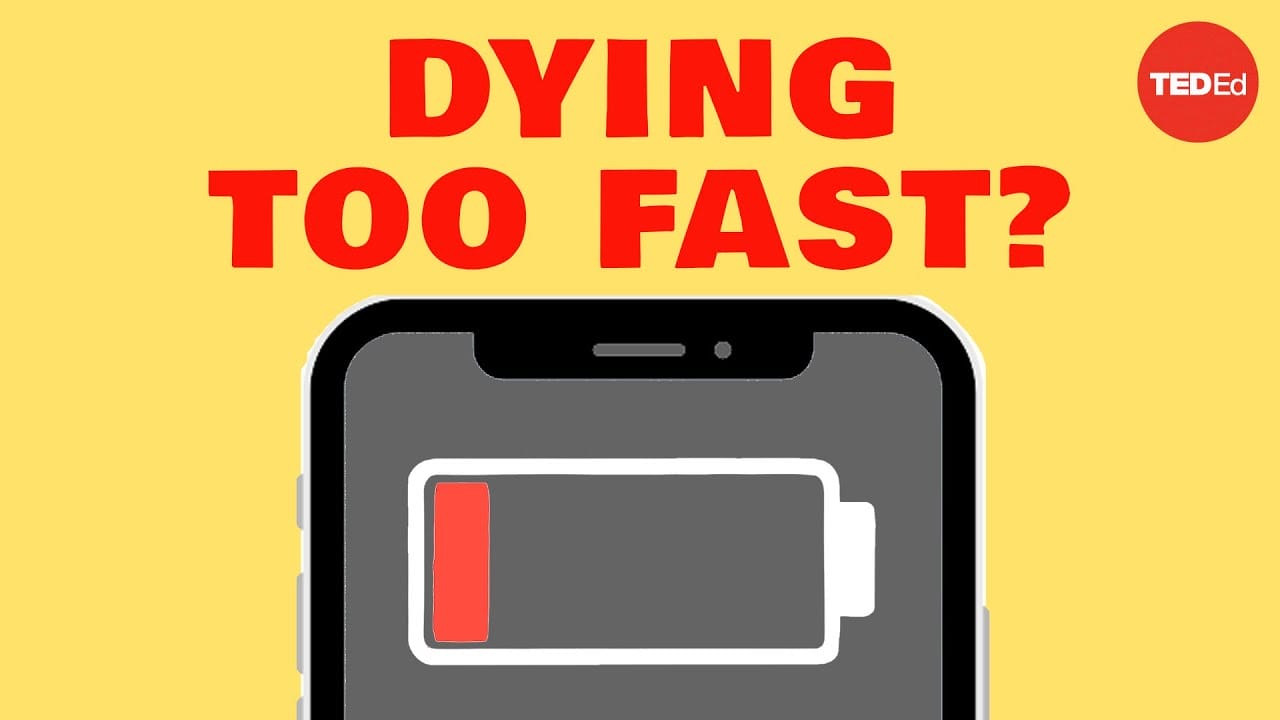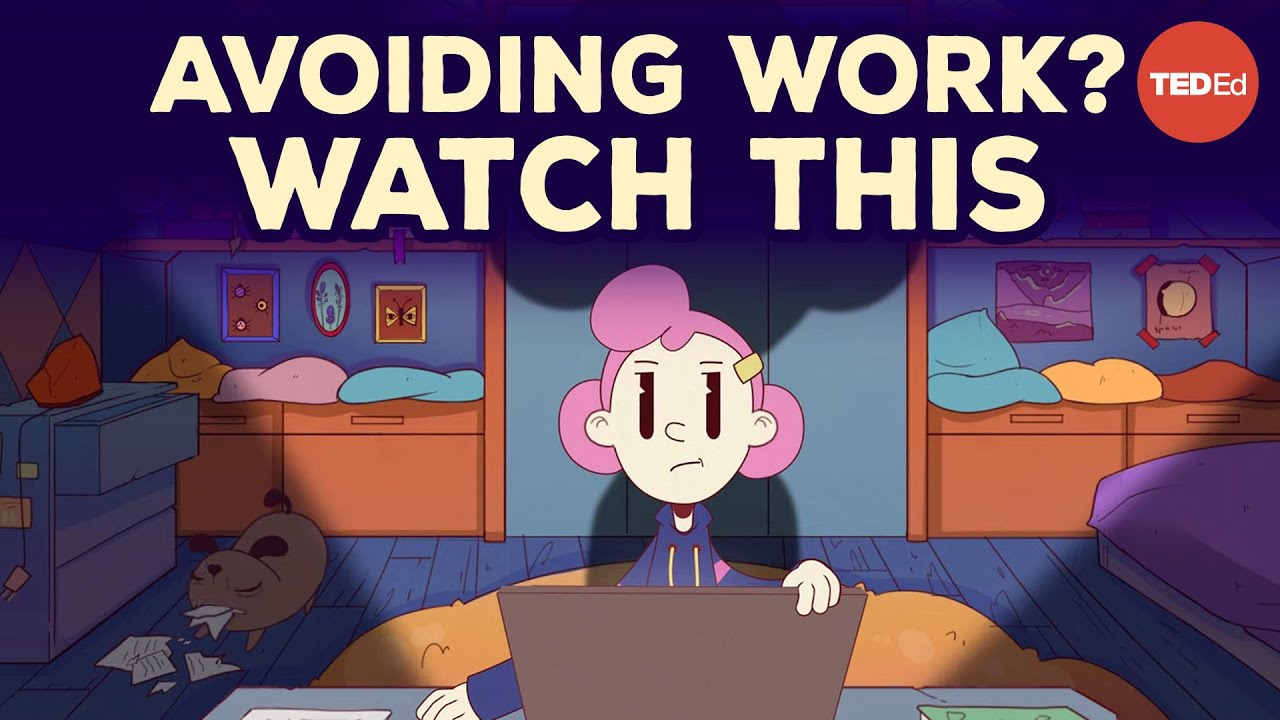The Fundamentals Of Space-Time Part 1
Chat With Your XTutor About This Video Lesson
Lesson Article
Understanding Space and Time
Space is where things happen, and time is when things happen. We can measure where things are and when things occur, but in modern physics, we realize when and where are actually part of the same question. To understand the universe, we need to replace the concept of three-dimensional space plus time with a single concept: four-dimensional space-time.
Exploring Space-Time Through Animation
We’ll explore and explain space-time in this series of animations. Animations are a useful tool to visualize the concept of space-time. For instance, if we have a character moving from one point to another, we can track their movement and speed through a series of panels. Each panel records the character’s position at a different time, creating a visual representation of their journey through space and time.
Understanding Movement Through Panels
By drawing multiple panels and stacking them up like a flip book, we can record the character’s movement. This is how animation, or even movies, work. For instance, if it takes two seconds for the character to get past each fence post, and they’re spaced four meters apart, we can calculate the character’s velocity as two meters per second. We can work this out from the panels without even flipping through them. From the edge of the flip book, we can see all the copies of the fence posts and the character in slightly different positions in each panel.
Space-Time Diagrams and World Lines
The edge of this flip book is known as a space-time diagram of the character’s journey through space and time. We call the line that represents the character’s journey their world line. If the character jogs instead of walking, their world line becomes more tilted, indicating they’re moving twice as fast as before. We can tell this without flipping the panels.
Changing Perspectives with Galilean Transformation
In physics, it’s always good to view things from other perspectives. After all, the laws of physics should be the same for everyone. So, let’s rethink our animation and have the camera follow the character as they jog along. This rearrangement of the panels is known as a Galilean transformation, and it lets us analyze physics from someone else’s perspective. In this case, the character’s perspective.
Limitations and the Need for a Solid Block of Space-Time
However, this method has its limitations. If you’re a cosmic ray moving at the speed of light, our flip book of your point of view falls apart. To prevent this, we’ll have to glue panels together. Instead of a stack of separate panels, we’ll need a solid block of space-time, which we’ll explore in the next animation.
Discussion Questions
- How does modern physics view the relationship between space and time?
- Why are animations useful for understanding the concept of space-time?
- How can multiple panels in a flip book represent an object’s movement through space and time?
- What is a space-time diagram and how does it represent an object’s journey?
- How can the tilt of a world line indicate changes in an object’s velocity?
- What is a Galilean transformation and how does it allow for different perspectives in analyzing physics?
- Why does the method of using multiple panels have limitations when it comes to cosmic rays moving at the speed of light?
- How does the concept of a solid block of space-time differ from the use of separate panels in understanding movement?
Lesson Vocabulary
Understanding – the ability to comprehend or grasp the meaning of something – She had a deep understanding of the complex scientific theories.
Space – a continuous area or expanse that is free, available, or unoccupied – The children played in the open space next to the playground.
Time – the indefinite continued progress of existence and events in the past, present, and future regarded as a whole – The clock on the wall indicated that it was time to leave.
Concept – an abstract idea or general notion – The concept of time travel has fascinated people for centuries.
Four-dimensional – involving or relating to a space or system with four dimensions – The artist’s sculpture was a four-dimensional representation of a complex mathematical equation.
Space-time – a four-dimensional continuum comprising three dimensions of space and one dimension of time, forming the fabric of the universe – The theory of general relativity explains the interaction between matter and space-time.
Animation – the process of creating a moving image by displaying a sequence of static images in rapid succession – The animated film captivated audiences of all ages.
Panels – a flat or curved component, typically rectangular, that forms or is set into the surface of a door, wall, or ceiling – The solar panels on the roof generated enough electricity to power the entire building.
Character – the mental and moral qualities distinctive to an individual – She was known for her kind and compassionate character.
Perspective – a particular attitude or way of regarding something; a point of view – From his perspective, the decision seemed like the best course of action.
Share This Lesson:
- Categories: Earth & Space Science, TED Ed, Video Lessons
- Keywords: animation, character, concept, four-dimensional, panels, perspective, space, space-time, time, understanding








